Turn any photo into a dot grid artwork with these Photoshop actions. You'll get great results with dots that change size. They get larger in brighter areas and smaller in darker areas. Free download available.

Make sure you select a created layer and set Default Background and Foreground colors (D or Icon next to the switching colors). Go to Filter > Render > Clouds... In your ellipse should appear clouds. Add another filter - Difference Clouds (Filter > Render > Difference Clouds...). You should get similar like in image below.
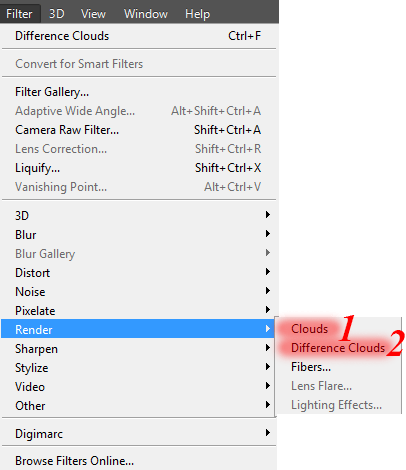

Step 9
To better understand the structure of the future nebula, change the Blending mode for this layer to "Color Dodge". Repeat apply filter "Difference Clouds", using Cmd/Ctrl+ F or Filter > Difference Clouds. Keep hitting Cmd/Ctrl+ F until you get the desired result or at least 9000 times :).

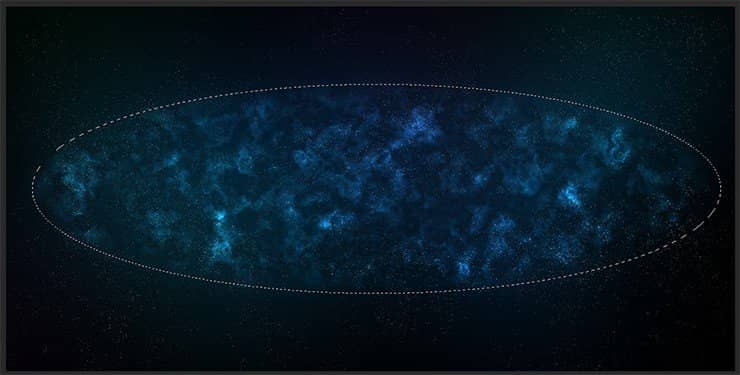
Step 10
Deselect nebula (Select > Deselect or Cmd/Ctrl + D) and begin to sculpting the shape. At this stage, I used two tools: Warp Tool (Ctrl/Cmd+ T or Edit > Transform > Warp) and Puppet Warp (Edit > Puppet Warp). To give the basic shape, I used a Warp Tool few times, gives shape to something similar on picture. You can experiment with all of the Transformation tools. Try to stretch the edge of the nebula, so they will look more interesting and realistic.
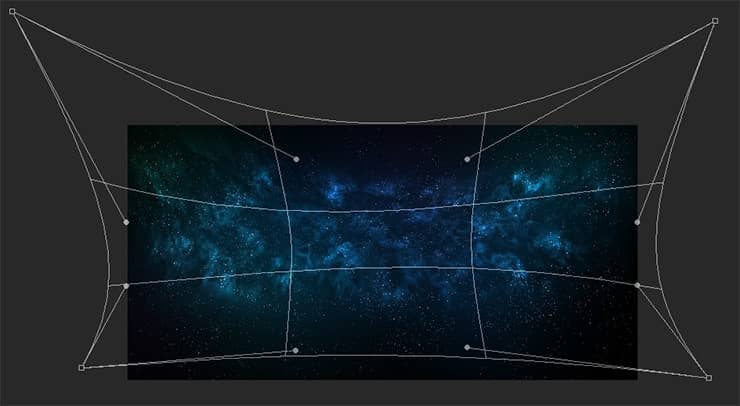
To make a more precise form, I used Puppet Warp few times to make the final desired shape. I place transformation point’s nebula around the edges and give the desired shape and a little spaced out some parts. Just be careful, because if you strongly to stretch or bend one point may get a nasty bend in the texture and it will need to be removed.

Another interesting technique, it is a bit enhance color of nebula. Duplicate (Cmd/Ctrl + J) nebula layer and use different Image adjustments. Then reduce the layers Opacity to balance the color of your choice (This is not necessary if you are satisfied with the source of its color. I did not do it).
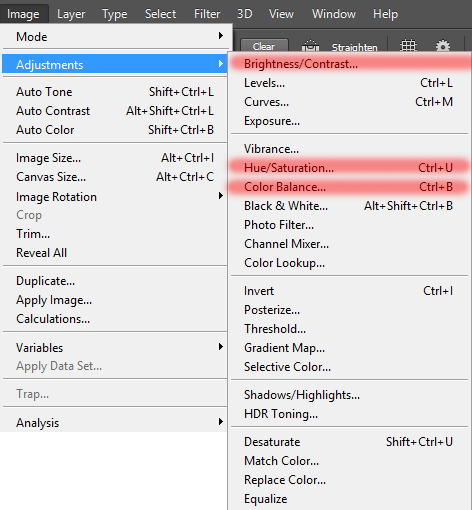
Step 11
Now I made apophysis on nebula (dark areas and texture). Create a new layer (Cmd/Ctrl + Shift + N). Select foreground color from background only which is a bit darker than the color on which you choose to apply apophysis. It is very easy to do using Eyedropper Tool (I) (When you use Brush Tool (B), hold Opt/Alt to switch on it). Upload "Galactic Space Brushes Set" brushes in Photoshop and used Brush Tool (B) proceed to draw the dark details over nebula, using low Opacity (30-70%).
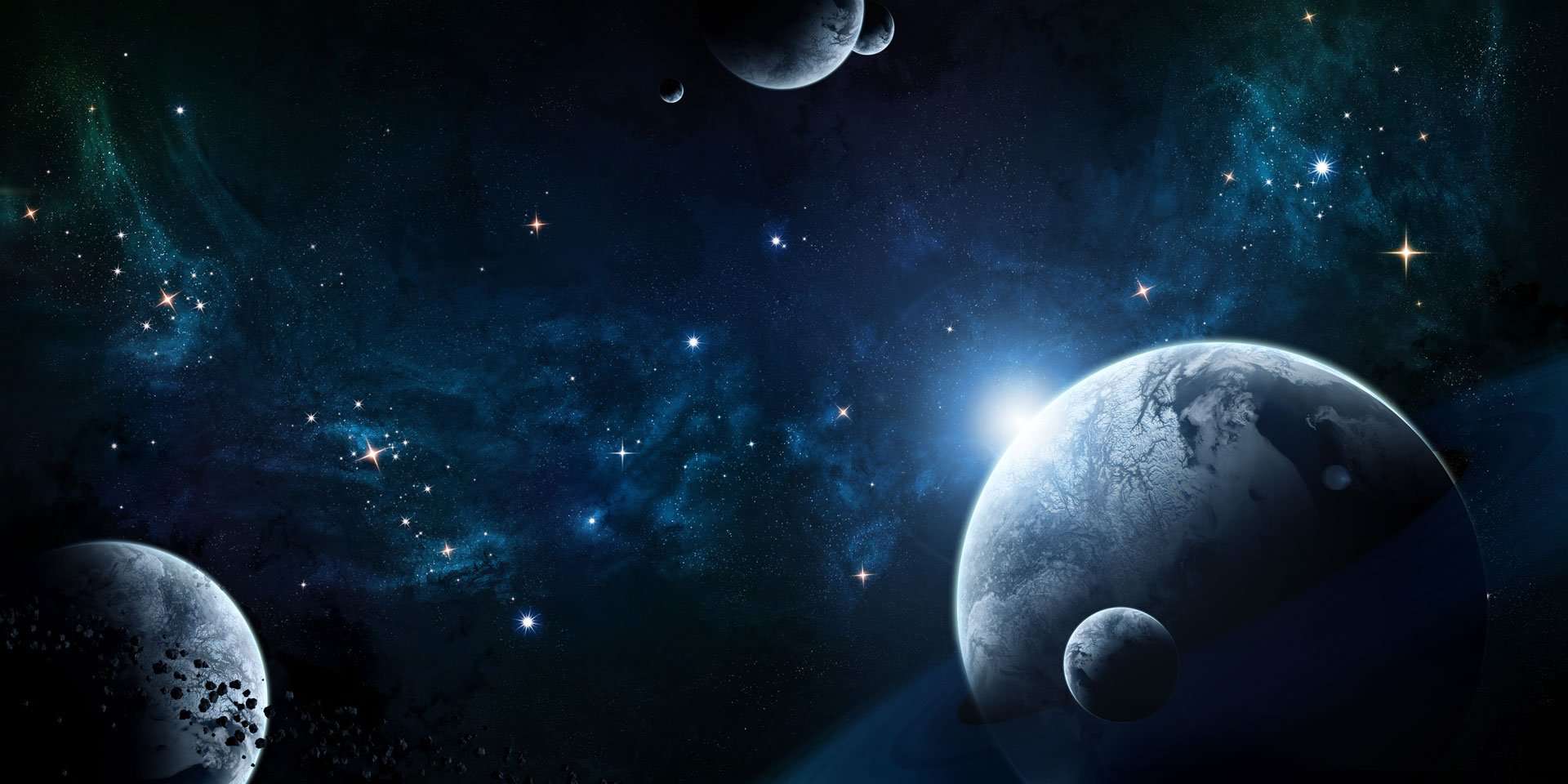

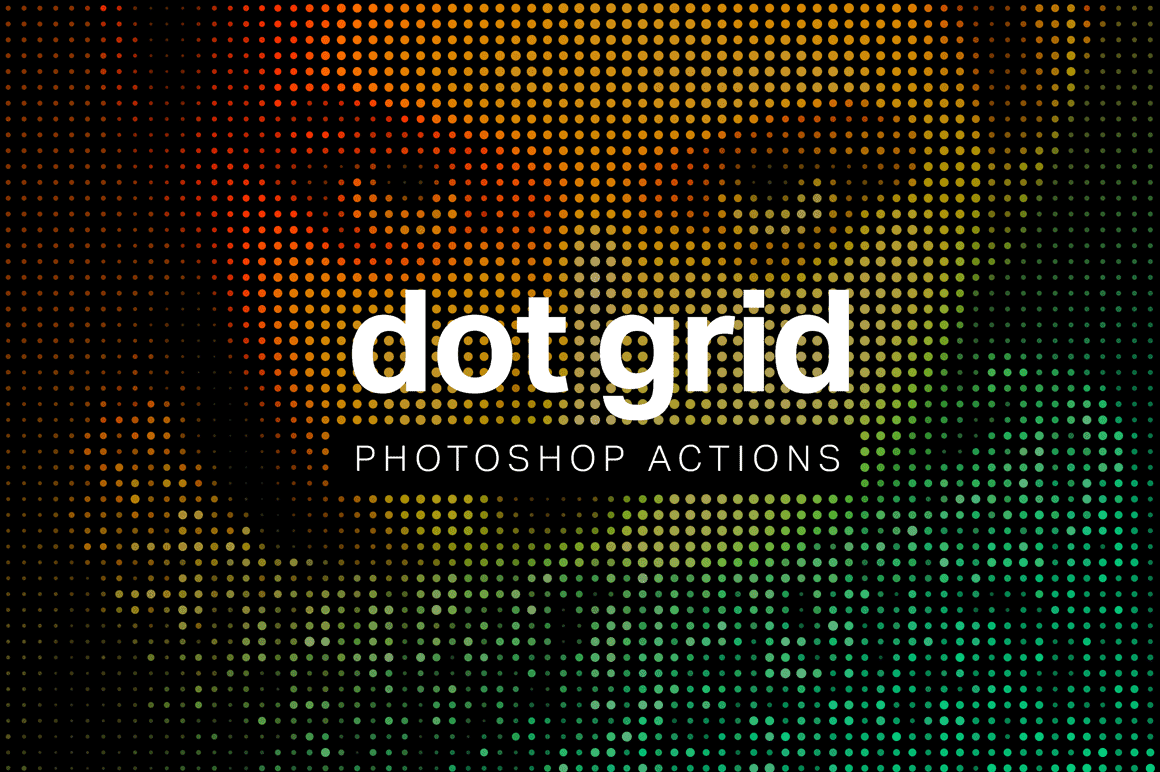
22 comments on “How to Composite Your Own Space Scene from Scratch”
This is excellent. Thank you for the tutorial, I learned a lot!
This was very useful. Thank you.
Will this work in PS 2021?
That's what I'm using and it's working good so far!
The most detailed tutorial that I saw. Great! Thank you!
Very nice and detailed tutorial with a nice looking image.
Thanks for sharing. ;-)
Really Awesome !!!
The best as usual!
Step 7 is fairly confusing, I followed the steps but when i try to remove excess stars it comes out white and looks horrible, confused as to what I should do.
That's only because you weren't coloring on a layer mask! Make sure that after you apply the layer mask, you click on the second thumbnail on the layer. After doing so, begin coloring in a black brush. Anything colored black on a layer mask will actually be erased. If you want to make the stars reappear, simply color it white.
Every great tutorial. I need some help on Step 25. After I delete the center of black area the rings, the effects also disappear too. I still can't figure out how to make the rings effects and without black area. Thank you.
Hi Dylan, Thank you very much for your letter! Try to create rings, select all the layers with rings right click on layers > Convert to Smart Object. Select a dark circle (Elliptical Marquee Tool (M)). Add a layer mask (Layer > Add Layer Mask > Hide Selection or hold Opt/Alt and click on "Add layer mask" icon). This should remove the black circle. Then convert the layer to Smart Object again and you're done. Also, this happens if you are working on a background layer.
If you have any more questions, feel free to ask them! And I will answer you.
This is a really great tutorial, thanks for this, Maria!
http://i.imgur.com/RjttyDI.jpg
This is how it turned out for me (for some reason, it's darker when posting online, looks better in PS)! As you can see, I tried to make a larger star/sun closer to the planets, as it's not realistic to have such shine from a nebula.
I'm not very happy with how the sun turned out, could you give me an idea on how to make a better sun? Thanks!
hey i ve created a pic via photoshop plz tell me howss it ??? plz plz plz reply soon
I am having problems with step 9: I keep clicking Ctrl and F for the "Difference clouds", but nothing seems to happen inside the nebula, apart for at little shift in the stars, and I have clicked ALOT of times!
Hi Tommy, It's strange, because everything should work. Are you exactly set “Color Dodge” blending mode for nebula layer? If the blending mode everything is fine, then try to apply filters through Filter > Last Filter or Filter > Render > Difference Clouds. Surely set the default colors (D on keyboard) before you apply a cloud filters. Repeat steps 8 - 9 for nebula on a new layer if the problem does not go away. Make sure that you have made a colored background, otherwise Nebula did not appear. Write to me if the problem is not solved.
Answer a survey to see the tutorial? Nope
Filling in a free and quick survey would have been much quicker than filling in this form to leave a comment and would help support the author of the tutorial who has given up their time to create this excellent walk through.
Exactly what i was looking for :) thanks
I'm very glad that you enjoyed it! I hope you will find a lot of useful information.
really a lot of useful information .. do u made this tut ?!
Thank you so much! Yes, I'm author of this tutorial and write it.
Here is my page https://www.facebook.com/MariaSemelevichPhotography?ref=bookmarks.
and I write to you from my a personal profile :)